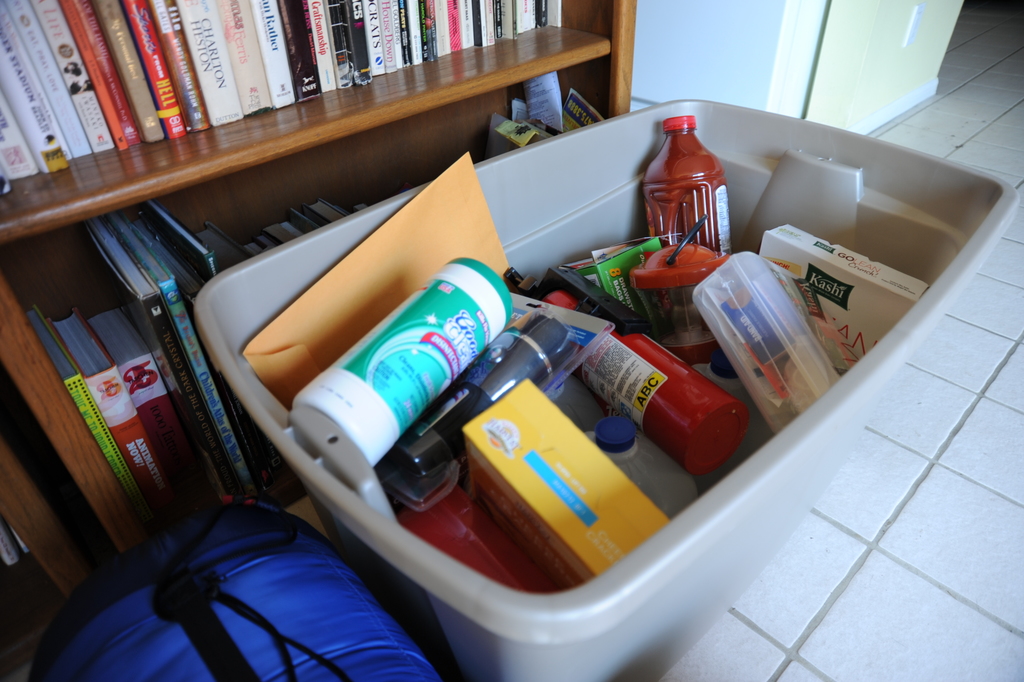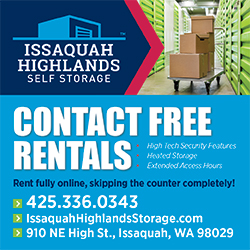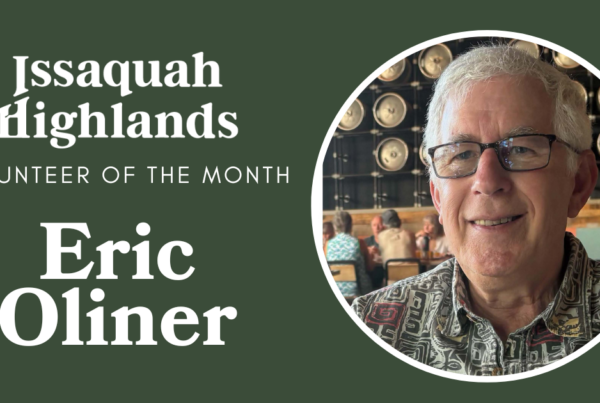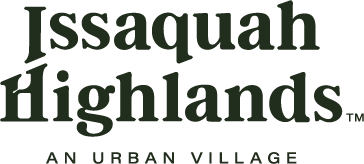
This is the fourth installment of this series documenting a 12-month community preparedness journey.
Hello neighbors! I hope these past few months finds you well on your way to having your 72-hour (or more) emergency supply kit ready to go! This month we will talk about basic supplies that are helpful to have in your kit for all sorts of emergency situations.
Because there is such a huge range of emergencies that can happen—all the way from job loss to landslides, earthquakes, fires, etc.—it’s important to have both basic and emergency-specific items on hand. At this point, you will have your two most important items checked off: food and water. So, let’s start there.
Other than the water filtration options I mentioned previously, in addition to the manual can opener I recommended last time, you will need a few more things to help with food prep.
I always like to have a “mess kit” for each of my family members in our 72-hour kit. If you have a large family like mine, this can take up a lot of space! The solution is finding mess kits that collapse down. There are some great options that take up very little room.
Additionally, you should always try to have a set of waterproof matches (or matches in a waterproof container), a lighter, several cans of Sterno, or a camp stove. The ability to warm up your food is a game changer if you find yourself without power.
Speaking of losing power, if you’ve lived in this area for a while, you’ll know that we’ve experienced quite a few days in the past without this precious amenity. I personally have multiples of certain items that go into my main kit and two or three “specialty” kits.
One of those specialty tools is my “Power Outage Kit.” I use a medium-sized, clear, weathertight storage box and label it so everyone in my family can find and grab the materials easily. Even in the dark! In addition to the items mentioned above, I also have the following:
- Flashlights
- Batteries
- Headlamps
- A solar/hand crank emergency radio for all those important announcements
- A few charged power banks
- Three days of food and water
- Hand warmers
- Emergency blankets
- Heavy duty gloves
- A wrench to turn off utilities
- Snacks and a few card games for the kids
If you have small children, adding some coloring supplies as well as a few small toys and some playdoh will be life savers. And in the event of a longer power outage, like the one we had the year of the big “ice storm,” a portable solar generator is an optional luxury item.
They can be spendy, but I have found great deals on Black Friday, Cyber Monday and Amazon Prime Day. If you are not a member, getting a trial membership during that week is worth it for big purchases like this.
Here are a few more essentials to add to your main kit:
- A multitool
- Extra medications (especially for people with long term health conditions like diabetes)
- A fire extinguisher
- Local maps
- A tarp and rope
- Some candles
- Personal hygiene items
- Thick plastic sheeting, duct tape and N95 masks in the event we are asked to shelter in place
If you want a checklist, there is a great one at ready.gov.
Most of the items above are included in my main, larger kit as well as my smaller power outage kit. But you don’t have to go that far. Just getting them is the top priority. And then, if you prefer, you can slowly add on those extra items as you find sales over the years. I will go over a few more ideas for specialty kits in the coming months.
And lastly, you will want a fully stocked first aid kit. Next month, I will be going over how to create a working kit to stay prepared for injuries, sickness and other medical situations.
Johnna Masterson is owner of Inspired and Organized, and a Central Park resident.





